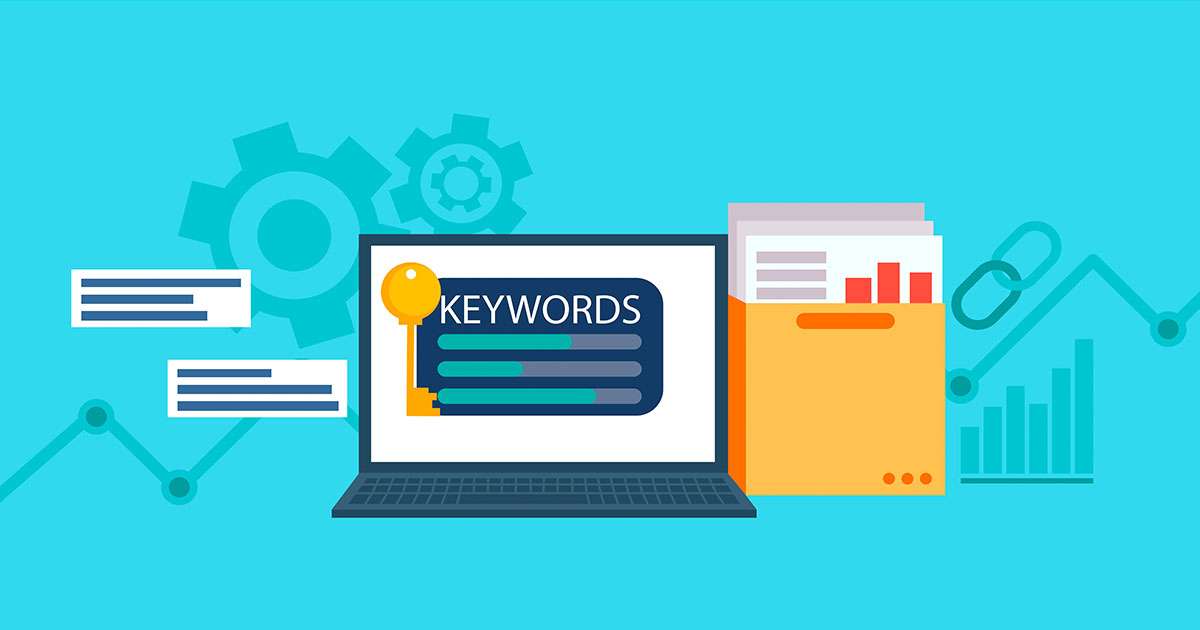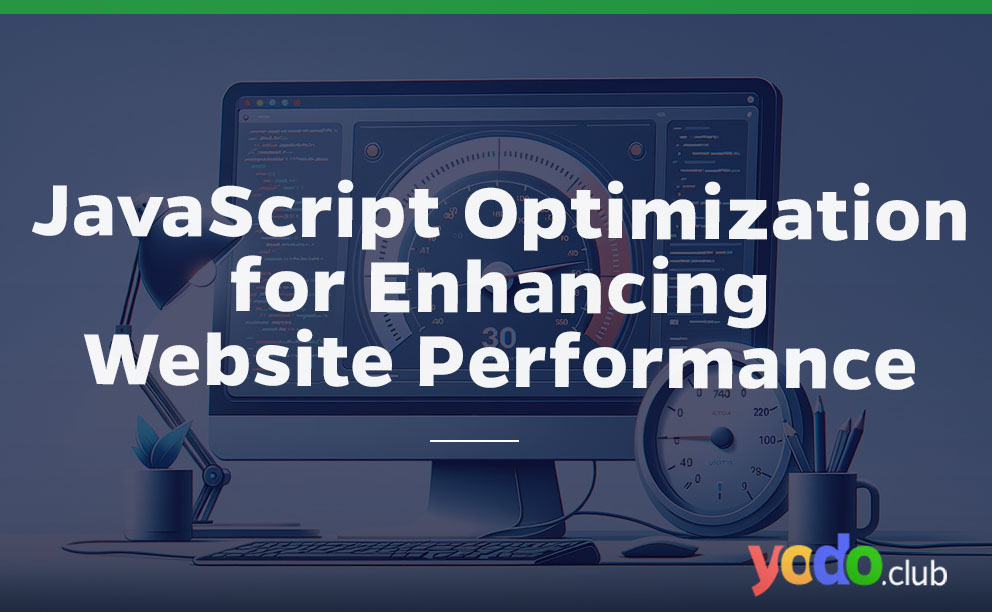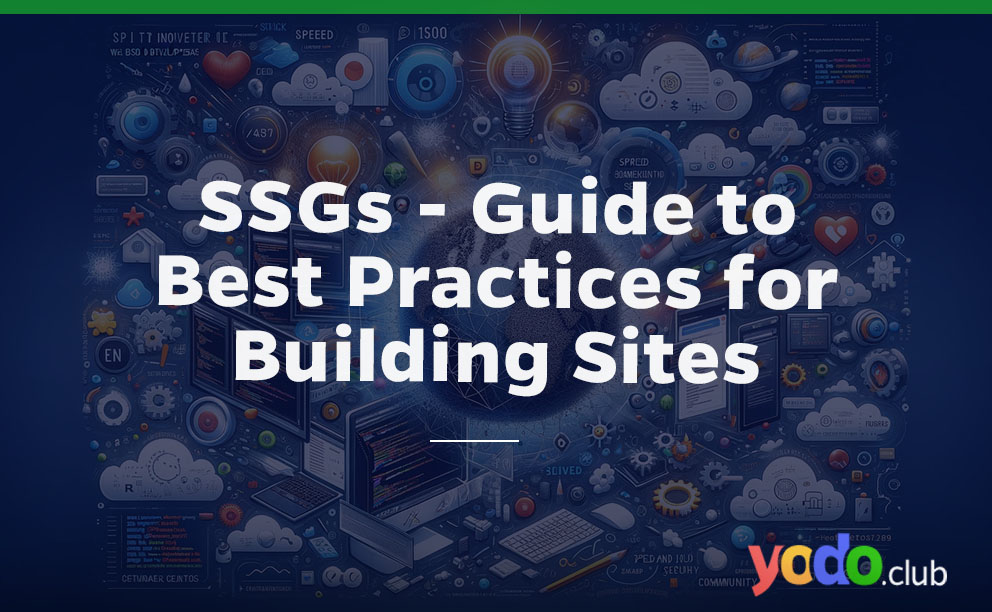Before starting a search engine optimization (SEO) process, it is critical to understand the interaction associated with an SEO campaign. Keeping that in mind, we separate the cycle into the six stages shown under and describe the practices with every step. Whether you hire an SEO professional, understanding will tell you about these services to the customers.
Generally, SEO is an ongoing process. The SEO interaction doesn’t begin and get done with these steps and the initial work. However, having continuous achievement, checking results, and constantly making quality content is substantial.
Table of Contents
1. Research
1.1 Keyword Research
Keyword research includes gathering keyword phrases expressed that will utilize in streamlining. This underlying advance is primary and requires a lot of time to find keywords with two significant elements: high search volume and low competition at search engines.
Identifying the used phrase that contains your target keyword(s) is moderately simple. Online tools allow you to enter a specific keyword or words and show all the results by which terms were searched recently and in what volume.
Nonetheless, the most used phrase(s) is the one with the best search results in the search engine and may, in this way, not be the place where you would need to give your optimized efforts. Therefore, a more robust method is to find phrases set (10 is a significant round number) that the searchers mainly used but have less competition on the index page.

2.1 Competitive Research
Once done with the target keywords, we search on the subject site against its 7 – 10 competitors. We use SEO metrics, including listed content, Alexa rating, inbound links, domain age, and social media following. We can check the client site’s beginning situation against its rival and determine areas requiring need from this interaction work. For example, assuming the client’s site has half less indexed content, the goal-setting comes in the following stage.
2. Reporting and Goal Setting
After target keywords and beginning position comparative with the site’s competitive set, it is essential to understand the subject site’s beginning position inside the web crawlers. Doing so ensures you know the areas that need work and gives a benchmark against which to measure the resulting efforts.
Analytics is important. These insights show how searchers find and interface with the subject site, e.g., which web search tools, what keyword phrases are being utilized, bounce rates, generally well-known content, etc. In addition, understanding the website’s traffic level and referral sources can be vital for marketing decisions.

3. Content Building
Quality writing is everything in a website. The search engine love text; high volume, top-notch content connected with your business will serve you in several significant ways.
Initially, a site with top-notch content essential to the site users will convince them to remain on the page and return. They came to your site to track down data. Second, you will get the additional advantage of serving up the exact thing the web crawlers need – content. Third, web indexes will have more data to store about your business and items; that data will interpret straightforwardly into the positioning they give your webpage for related keyword phrases.
4. Page Optimization
Following the expansion of new, excellent content, we focused on-page optimization.
4.1 Page Titles
Ensure that your site’s page titles offer different options than your company name or “welcome.” Ideally, they need to begin with your defined phrase for that page and afterward follow with your company name.
4.2 Targeted Keyword Phrases
It isn’t to the point of having your keyword phrase(s) someplace on the page; placing them and significance also influences your web index position. For example, beginning the site’s first section with your keyword gives it more weight than covering it mainly down the page in a passage. Likewise, using different fonts and bolding the text can affect its significance and influence the page’s positioning for that keyword.
4.3 Site Map
A site map with essential links to all the pages on the site and a text link to the site map of your home page ensures that the search engine indexes all the site pages.

4.4 ALT and META Data
These are labels not seen by the site’s users; they are in the site’s code. ALT tags describe images – words you see when you mouse over specific photos. For example, in improving your company name, an ALT tag put behind the appearance of your company’s logo is excellent.
Meta tags are lines of code remembered for the highest segment of your site’s code. They impart the page’s topic and relevancy to the web indexes. Further, it depicts the description of the home page.
5.5 Technical SEO
Significant specialized issues that impact the SEO efforts should be checked and adjusted if necessary: site speed, site security, URL, crawlability, and mobile responsiveness.
5. Social and Link Building
5.1 Social Media
In advertising, you fish where the fish are. Also, the fish involves web-based entertainment in expanding numbers. The force of web-based sharing through virtual entertainment gives huge chances to companies able to submit the opportunity to utilize it.
During this period of the interaction, we assist clients with laying out an online entertainment presence and talk with the client on how best to use those virtual entertainment profiles to share website content and interface with clients and expected clients.
5.2 In-Bound Links
Each new, quality connection to your site improves the probability of the web search tools’ bugs stumbling into your website and searchers searching for administrations or items like yours. Google sees connections to your site (as long as they are joins from great destinations) as decisions in favor of your site and rewards the site as needs are.
You can look at your connection fame with various accessible web-based apparatuses. Moreover, Google’s Search Console gives data regarding the inbound connections to your site. An expression of mindfulness: free for all connections destinations and other lousy quality locales of that nature are of no utilization and bring down your advancement with punishments from the web crawlers. Link building turned out to be much more critical with Google’s arrival of the Penguin algorithm update. We talk with our clients about building their web-based reach and impact with new, excellent inbound connections.
6. Follow-Up Reporting And Analysis
A similar reporting done in the underlying period of the SEO process is done again at customary spans, post-enhancement. Rankings, site traffic levels, social signs, and other vital measurements can then measure up to pre-optimized levels, giving quantifiable outcomes to the SEO lobby. The particular sizes utilized in an SEO plan will rely upon the objectives of that site.

Wrap Up
You will lose the process’s adventure, learnings, and experience while always focussing on the final product.
Every excellent SEO campaign or process begins with a strategy. Then it’s just a matter of putting in the effort over time.
The only way to reach where you want to go is to create and stick to a plan. This method may develop over time, but when it comes to your SEO strategy, a comprehensive plan is far superior to “overdoing it.”
Then you can enjoy the success, refine your strategy over time, and, most importantly, enjoy the SEO process throughout the life of your business.






 & Passion.
& Passion.